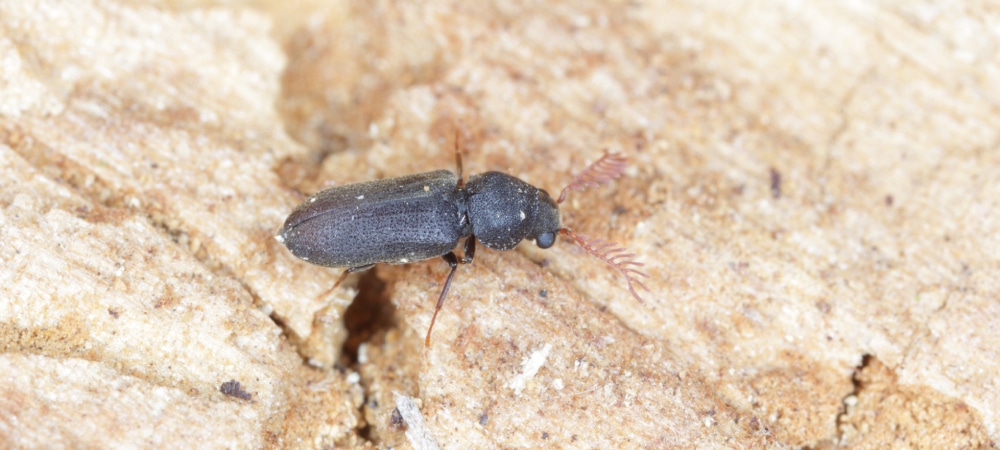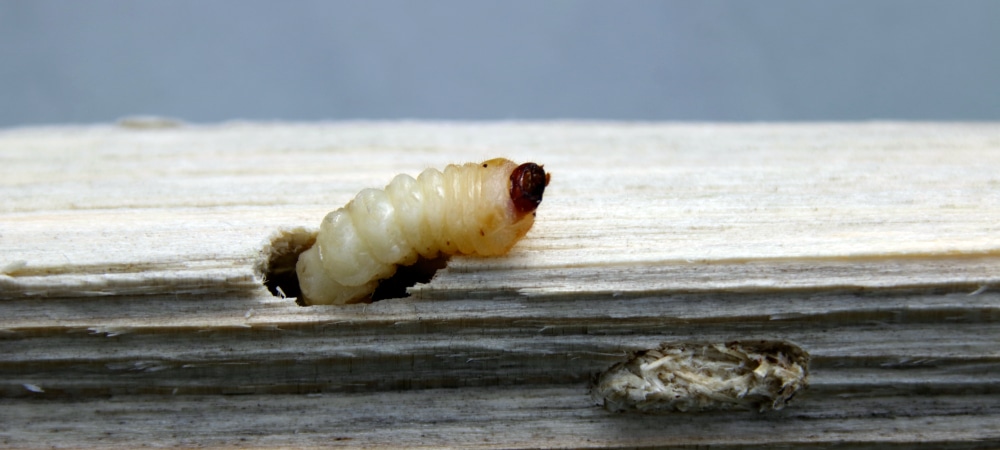Wood-Destroying Insect Pest Control
Get specialized wood‑eating pest control that targets destructive species like termites, carpenter ants, and carpenter bees while protecting your home’s structural integrity.

Why choose Hawx for pest control?
Customized
- • Treatment tailored to your needs
- • Plans to meet your budget
- • Comprehensive, ongoing service for the most effective pest control
Tech-driven
- • Latest products and technology
- • Environmentally friendly
- • Smart service report included
Free follow-up service
If pests come back between treatments, so will we—at no additional cost to you.
See what our customers say about us

“Wondering when to seek professional help if you suspect a wood-destroying pest? Always. The home is almost everyone’s biggest asset. Because of their hidden natures, you need to call a professional team to inspect your space properly and get a full sense of the problem. The longer you wait, the more damage can happen in spaces you may not see.”
Vice President of Technical & Training Services
Entomologist
How Hawx Wood-Destroying Insects Services Work:
- Comprehensive Wood‑Destroying Insect Inspection
Prior to treating your home, a licensed Hawx technician performs a detailed wood-destroying insect inspection, checking crawl spaces, attics, decks, and exterior trim for termite galleries, carpenter ant activity, and carpenter bee holes. We use the findings to develop a custom plan that removes the infestation and protects your home’s structural integrity.
- Targeted Termite Solutions
For subterranean or drywood termites, we install non‑invasive bait stations around the foundation to disrupt colonies and apply complete perimeter or localized spot treatments to all active zones.
- Carpenter Ant & Bee Treatments
We use dusts and protein‑based baits to reach hidden carpenter ant nests, while any carpenter bee tunnels receive an aerosol knock‑down combined with residual dust and a paintable seal. This three‑step approach eliminates current activity and helps deter any future boring.
- Exclusion, Moisture Control & Monitoring
Along with treatments for wood-eating insects, we seal entry gaps, repair minor leaks, and schedule annual check‑ups to ensure bait stations remain active and vulnerable wood stays dry.
Please note: Services for wood-destroying insects are available as specialized add-ons to your existing General Pest Control (GPC) plan. When you book these add-ons, you receive targeted treatments for wood-destroying insects while benefiting from our GPC plan’s comprehensive coverage for common household insects.

What to Expect with Hawx Wood-Destroying Insect Services
When you contact Hawx for wood-eating insect treatments, the process remains transparent and hassle‑free through every stage:
- A technician confirms your appointment, informs you about any prep needed beforehand—such as clearing crawl‑space access—and arrives on time for a full interior and exterior inspection.
- After reviewing evidence of termites, carpenter ants, or carpenter bees, we outline the best treatment mix for your structure and budget. Non‑invasive bait placement, targeted dusts, and sealed holes are completed the same visit whenever possible, with minimal disruption to landscaping or décor.
- Before leaving, we walk you through moisture‑reduction tips, outline follow‑up monitoring, and email a service report with photos.
Hawx’s specialized wood‑destroying insect services give you lasting protection and the peace of mind that your biggest investment is secure.
Contact us for a free estimate and protect your home from structural damage and costly repairs.
FAQs
How can I tell if wood‑eating insects are active in my home?
Look for things like hollow‑sounding timbers, blistered paint, small piles of sawdust (frass), or any pinpoint holes in your exterior wood. Spotting winged swarmers indoors is another red flag that wood-eating insects like termites may be tunneling behind walls.
Are termites the only wood‑destroying insects I should worry about?
No. Carpenter ants carve galleries through damp or decaying lumber, and carpenter bees bore perfectly round holes into fascia boards and decks. All three can cause significant structural damage if left unchecked.
What happens during a wood‑destroying insect inspection?
A licensed Hawx technician conducts a thorough wood-destroying insect inspection, probing crawl spaces, attics, and exterior trim for galleries, frass, and exit holes. Moisture levels are also checked because damp wood can attract many wood-destroying insect species.
How often should my home be inspected for wood‑destroying insects?
We recommend an annual inspection, especially if your property has a history of termite or carpenter ant activity. Regular checkups catch early signs of damage and help to wipe out the infestation before more damage is caused.
Read more about Wood-Destroying Insect Facts

Common Furniture Beetles and How to Deal With Them
If you’re noticing damage to wooden furniture and structures in and around your home, common furniture beetles (Anobium punctatum) may be the culprit. Read on

How to Tell if You Have a False Powderpost Beetle Infestation
False powderpost beetles are difficult household pests to notice, making them capable of causing extensive damage to structural wood. This wood-boring beetle can cause as

What are Woodworms? And How to Get Rid of Them
The woodworm is a destructive household pest that feels most at home in damp wood, where they can survive for many years. They typically cause
Visit the pest library to learn more.


